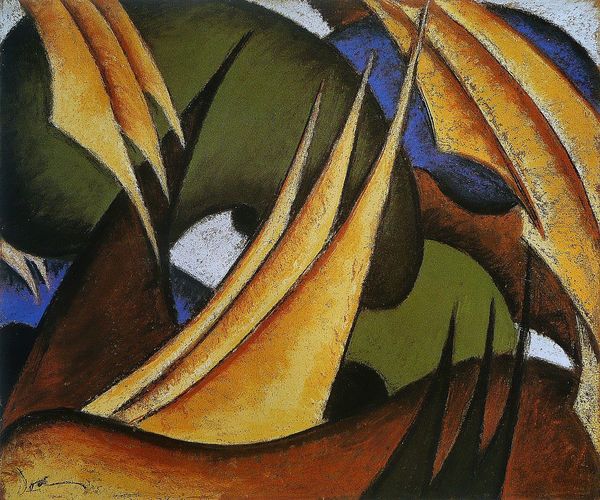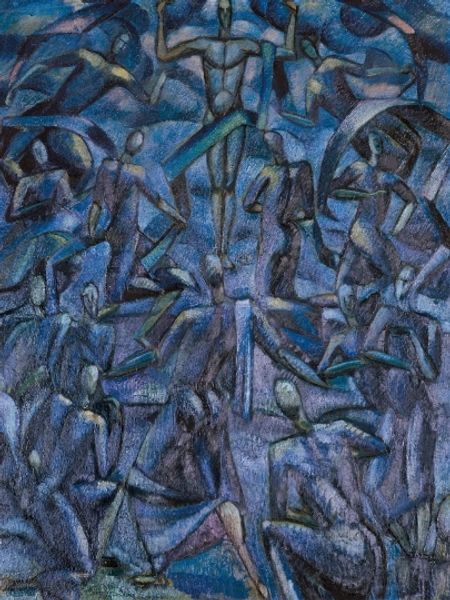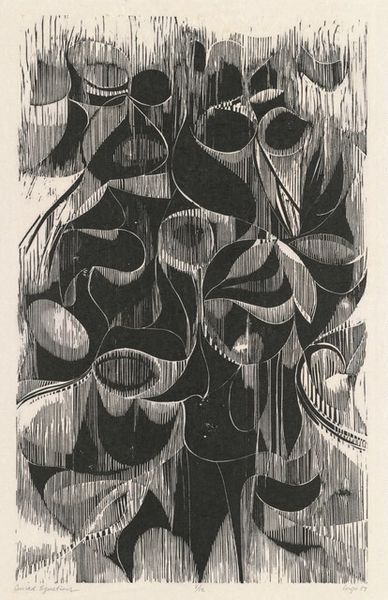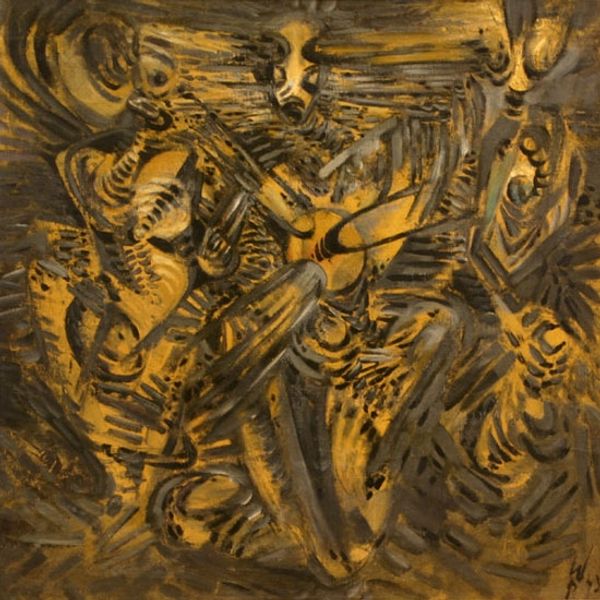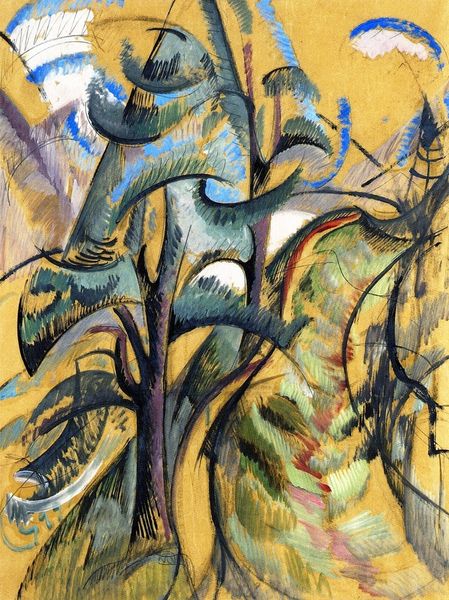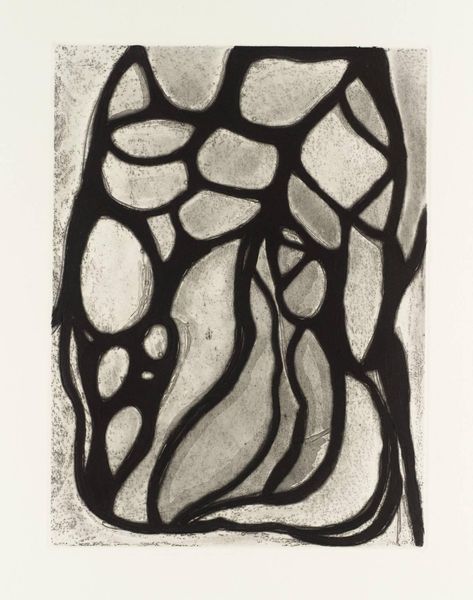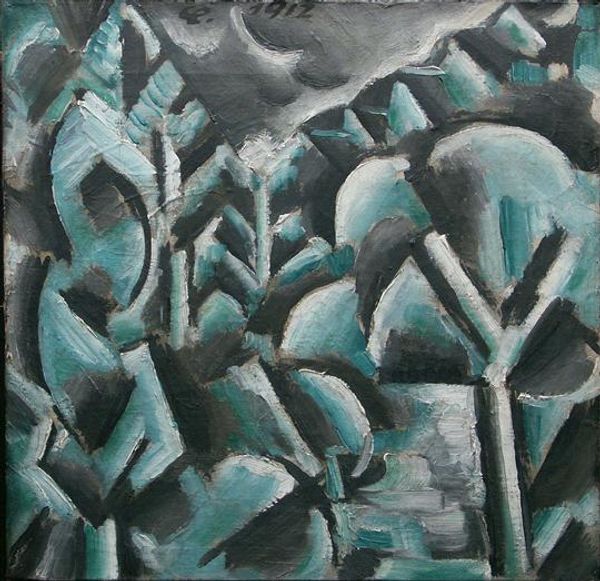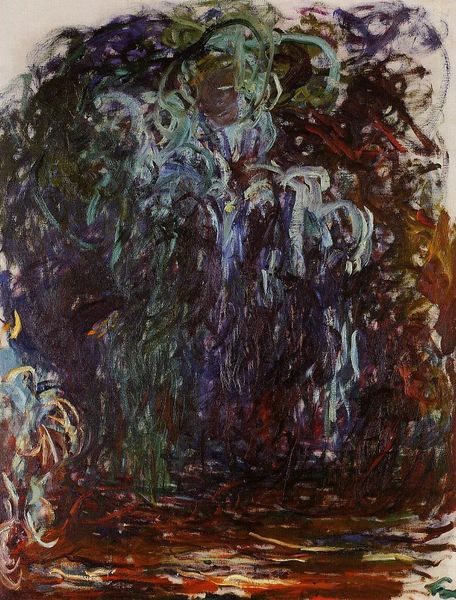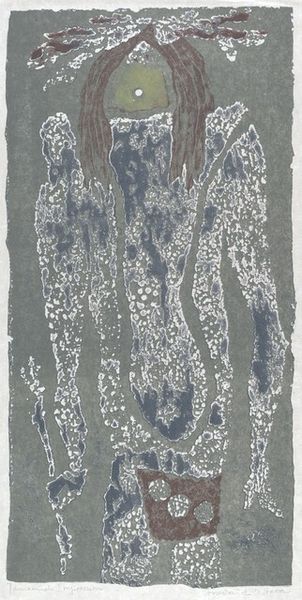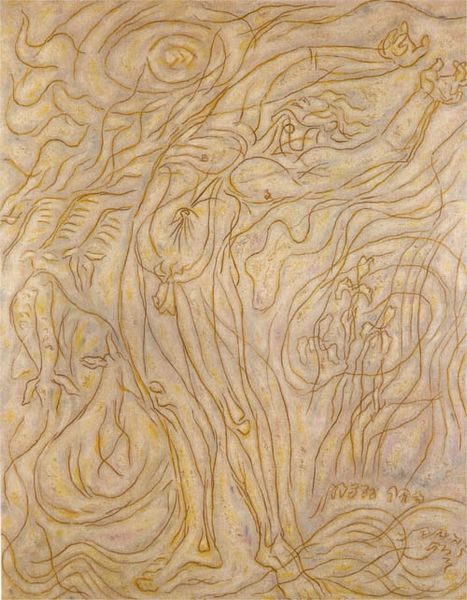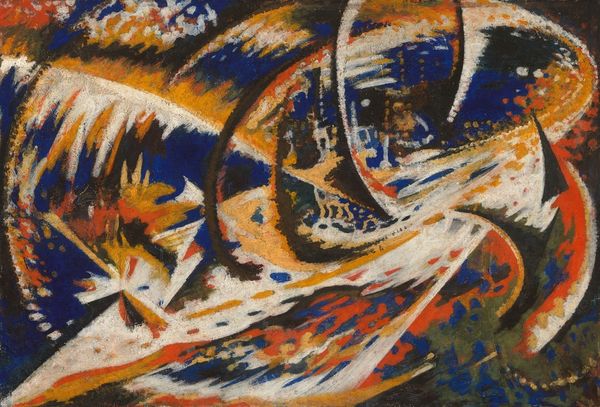
Copyright: Public domain
Curator: Looking at this evocative drawing by Arthur Dove, made in 1913, it's fascinating to consider its place within the emerging movements of abstraction. Dove called this piece "Sentimental Music." It’s charcoal on paper, with a decidedly muted palette. Editor: My immediate impression is one of melancholic stillness. The forms are soft and rounded, almost as if whispering secrets only they understand. Is that a bow I see there? Curator: Precisely. You've intuitively connected with its core element. We know Dove was deeply engaged with synesthesia, and translating sensory experiences. He aimed to visually represent music itself, its emotional vibrations and rhythms, stripped bare of direct representation. How does the cultural context inform that translation of feeling, in your perspective? Editor: The early 20th century was ripe with a burgeoning interest in Theosophy, occultism, and the search for deeper truths behind observable reality. These ideas resonate with synesthetic approaches where unseen connections are key to interpreting the world around us. Dove uses that vocabulary. The upward-moving curve suggests an ascending emotional passage. Curator: Consider also the shift happening within the artistic landscape. Cubism had already broken ground in Europe, questioning fixed perspective. Here, Dove destabilizes a clear subject-object relationship. What appears as flowing harmony might reflect more turbulent dissonances of societal progress, the very feelings this era suppressed, then exploded on canvas. Editor: That’s interesting. The symbolism of a musical instrument suggests the cultivated and controlled emotions associated with social performance, and maybe Dove attempts to unearth feelings behind them. The darkness evokes vulnerability and unspoken feeling; it suggests grief. But the muted color choices keep it intimate, as if grief only reveals itself behind closed doors. Curator: A poignant reading! And Dove's work really opens this interpretative door wide to the shifting anxieties and desires undergirding culture at that historical moment. Editor: Absolutely, it’s the power of art that transforms something private to cultural memory, a shared and resounding theme. Curator: The conversation is sure to continue as viewers add their own perspectives to his enduring artistic and social impact.
Comments
No comments
Be the first to comment and join the conversation on the ultimate creative platform.
